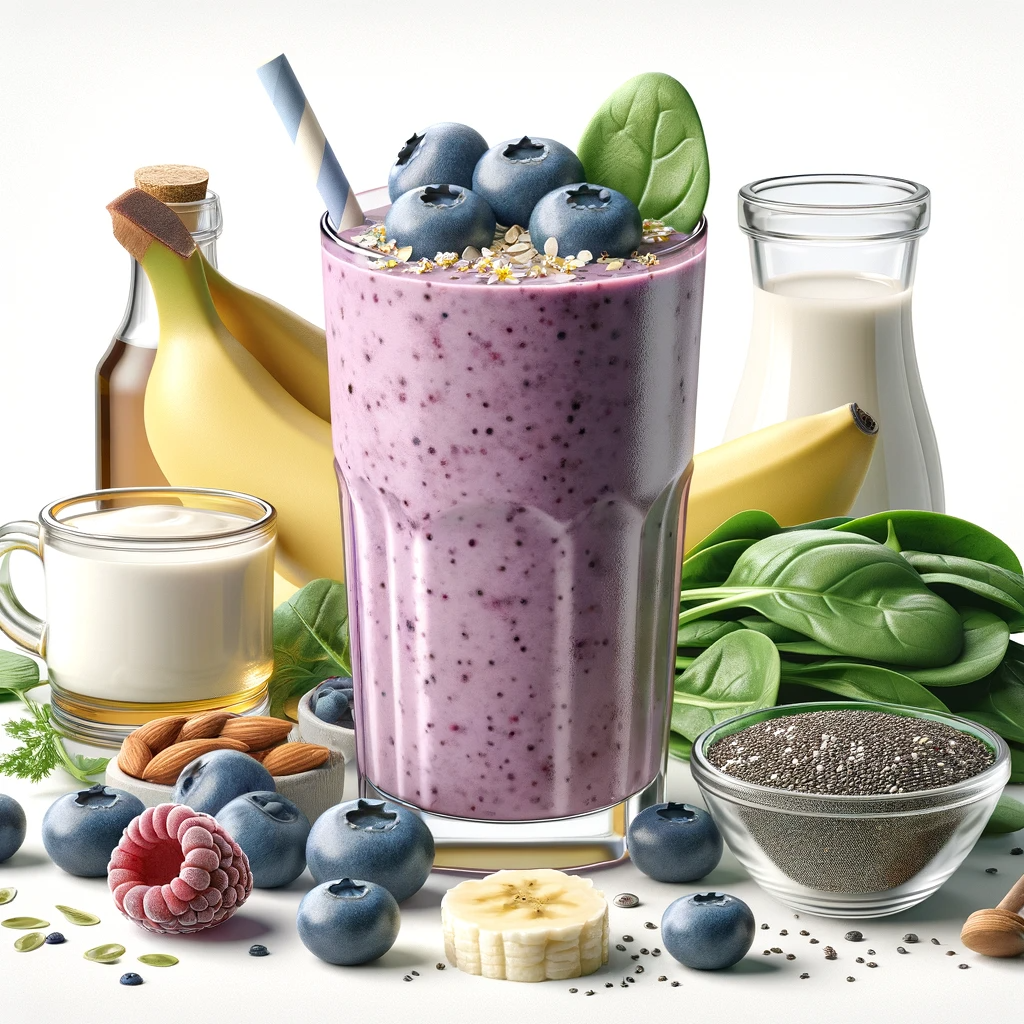Rare Disease Day: Advocacy and Awareness for the Uncommon
Introduction: Rare Disease Day, observed annually on the last day of February, is an international event dedicated to raising awareness about rare diseases and their impact on patients’ lives. The day also focuses on the need for improved access to treatment and medical representation for individuals with rare diseases.
Purpose and Significance:
- Advocacy for the Rare: The primary goal of Rare Disease Day is to advocate for those who suffer from rare diseases and for whom medical research, treatment, and resources are often limited.
- Highlighting Challenges: The day aims to bring attention to the challenges faced by patients and families, including misdiagnosis, lack of treatment options, and the burden of living with an unrecognized or poorly understood condition.
Origin and History:
- Rare Disease Day was first observed in 2008, launched by EURORDIS (European Organization for Rare Diseases) and its Council of National Alliances.
- It has since grown into a global movement with over 100 countries participating in raising awareness.
Themes and Activities:
- Each year, the day is marked by a specific theme that focuses on a critical aspect of rare diseases, like research, access to treatment, or patient advocacy.
- Activities include community events, educational programs, online campaigns, and collaborations with healthcare professionals and policymakers.
The Definition of a Rare Disease:
- A disease is defined as ‘rare’ in Europe when it affects fewer than 1 in 2,000 people and in the USA if it affects fewer than 200,000 Americans at any given time.
- There are thousands of known rare diseases, affecting millions of people globally.
Challenges in Healthcare and Research:
- Rare diseases often require specialized knowledge and treatments, which may not be readily available.
- Funding for research is limited, making it difficult to develop effective treatments or cures.
Patient and Family Support:
- Rare Disease Day emphasizes the importance of supporting patients and families, who often face significant emotional and financial challenges.
- Patient advocacy groups play a crucial role in providing support, information, and resources.
Global Impact and Solidarity:
- The day unites participants worldwide, promoting international cooperation in research and policy-making to improve the lives of those with rare diseases.
Conclusion: Rare Disease Day is a vital platform for bringing attention to diseases that are often overlooked. It’s a day of solidarity, to remind the public and decision-makers that while individual diseases may be rare, collectively, the people affected by them are numerous. This day strengthens the global movement advocating for medical research, treatment access, and healthcare resources for all rare diseases.
Rare Disease Day Awareness Smoothie Recipe
This smoothie is crafted to symbolize the spirit of Rare Disease Day, with each ingredient chosen for its unique properties and the significance it holds in representing the day’s themes.
Ingredients:
- Blueberries (1 cup): Representing the rarity and uniqueness of rare diseases. Blueberries are rich in antioxidants and vitamins, symbolizing the preciousness of health and well-being.
- Kale (1 cup): A resilient and robust leafy green, kale symbolizes the strength and resilience of patients and families dealing with rare diseases. It’s packed with nutrients like vitamins A, C, and K.
- Ginger (1 inch, grated): Represents the distinct and unique challenges faced by those with rare diseases. Ginger is known for its medicinal properties, including anti-inflammatory effects.
- Almond Milk (1 cup): A non-dairy alternative, representing the need for specialized care and dietary requirements that some patients with rare diseases might have. It’s a source of vitamin E and healthy fats.
- Chia Seeds (1 tablespoon): Symbolize the small but impactful efforts in raising awareness and research for rare diseases. They are high in omega-3 fatty acids and fiber.
- Honey (1 tablespoon): Denotes the hope and sweetness in life, despite challenges. Honey adds natural sweetness and contains antioxidants.
- Lemon Juice (from 1 lemon): Adds a refreshing twist, representing clarity and the importance of bringing light to the often overlooked challenges of rare diseases. It’s high in vitamin C.
Instructions:
- Blend all the ingredients until smooth.
- Serve chilled, garnished with a few extra blueberries or a lemon slice.
Nutritional Information (per serving):
- Calories: ~250 kcal
- Protein: ~6 grams
- Fiber: ~7 grams
- Fat: ~5 grams (mostly healthy fats from chia seeds and almond milk)
- Carbohydrates: ~40 grams
- Sugars: ~20 grams (natural sugars from fruits and honey)
- Rich in antioxidants, vitamins (A, C, E, K), and omega-3 fatty acids.
Notes:
- This smoothie symbolizes the essence of Rare Disease Day, combining unique and healthful ingredients to represent the rarity, challenges, and resilience associated with rare diseases.
- The nutritional values are approximate and can vary based on the exact proportions and brands of ingredients used.
Here’s the smoothie for Rare Disease Day, elegantly presented in a clear hurricane glass. The smoothie features a deep, rich purple color from the blended blueberries, symbolizing the uniqueness of rare diseases. It’s beautifully complemented by vibrant green kale, representing resilience, and a hint of ginger, denoting the distinctive challenges faced. The smoothie is elegantly topped with chia seeds, signifying awareness efforts, and a swirl of honey, adding a touch of hope.







